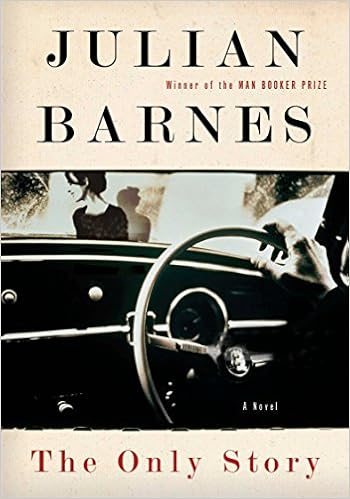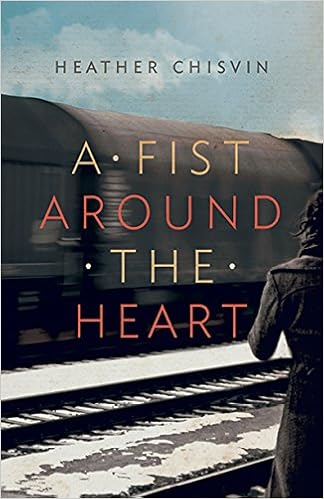 Earlier
this year, I read The Child Finder by
Rene Denfeld (https://schatjesshelves.blogspot.ca/2018/01/review-of-child-finder-by-rene-denfeld.html)
and I found it only average in quality, so it was with some misgivings that I
sat down to read The Enchanted,
Denfeld’s debut novel, because it was chosen by my book club. After reading The Enchanted, my opinion of The
Child Finder is even less positive because it repeats so much of what is
found in the author’s first fiction.
Earlier
this year, I read The Child Finder by
Rene Denfeld (https://schatjesshelves.blogspot.ca/2018/01/review-of-child-finder-by-rene-denfeld.html)
and I found it only average in quality, so it was with some misgivings that I
sat down to read The Enchanted,
Denfeld’s debut novel, because it was chosen by my book club. After reading The Enchanted, my opinion of The
Child Finder is even less positive because it repeats so much of what is
found in the author’s first fiction.
The Enchanted is set in an old prison. One major character is identified only as the
lady; she is a death penalty investigator hired by attorneys to work on trying
to commute the sentence of an inmate named York from death to life in prison. She delves into York’s past and finds that
her own and his had many similarities.
The reader also learns about others who work or live in the prison: a priest who offers spiritual counsel to
inmates but needs forgiveness himself; the warden facing a crisis at home; a
corrupt guard; a new female guard; a mute man who uses his imagination to
transcend the bleakness of life on death row, etc.
The book
emphasizes the human need to be heard, to be seen, and to be understood. The lady’s skill is in listening; York, for
example, during the lady’s first meeting with him, thinks, “She hears me . . .
she hears me” (11). She listens and learns the pasts of the
inmates so she comes to understand why they committed the horrific crimes of
which they have been convicted. The
inmates are not innocent; they are perpetrators but they often are/were victims
too. The lady may be so good at her job
because she herself wants to be seen and understood.
There are
actual inmates but there are also characters who have built walls around
themselves because of fear or guilt. The
lady, for example, has a past that weighs heavily on her: “The few attempts she made at telling men
ended in disaster. She got wounded
watching the disgust in their eyes, the recoil from her truth. She told herself this was the way it would
be, that she was destined to live alone” (174).
When she finally admits her shame, “she knows a door in her heart has
opened” (175). The priest also has a
story to tell; when he finally brings himself to speak it honestly, the lady “sees
a bloom in his pallid skin, as if he is coming back to life. The poison is leaving him” (170).
The novel
describes prison culture very realistically.
Drug usage, rape, and corruption abound.
The story of a new inmate, a sixteen-year-old white-haired boy with “a
mouth like Cupid” (73), is especially devastating. It is not just the physical violence but the
psychological damage that resonates. Striker, one of the death-row inmates, never
touches the mute inmate but he still manages to inflict pain in a brutal
way.
This mute
prisoner is a great lover of books and also copes by creating a magic,
enchanted world in which golden horses live underground and miniature men with
miniature hammers hide in the walls: “a
magic world away from the pain and terror of his life. . . . a safe place he
could take himself, a place to shelter the tender nugget of life within”
(48). Though I appreciate the message, I
am not a fan of magic realism so the fantastical images had no appeal for
me.
This brings
me back to The Child Finder where Naomi,
the protagonist, states that the abducted children “who did the best in the
long run made a safe place inside their very own minds. Sometimes they even pretended they were
someone else. Naomi didn’t believe in
resilience. She believed in
imagination.” This echoes an idea found in
The Enchanted: the mute prisoner copes using his imagination
and the lady mentions “her own childhood taught her how to pretend . . . just
to survive, all the while protecting her pure, untouched core” (53). In The
Child Finder, Denfeld manages to show compassion for Mr. B., a child
abductor. As details of his past are
revealed, the reader cannot but feel some sympathy and understanding for a
damaged person. The same is true in The Enchanted because the reader cannot
but feel some sympathy for York and the mute inmate when the extent of their
victimization is revealed. The Enchanted also includes a theme
found in The Child Finder: there is hope because “No matter how far you
have run, no matter how long you have been lost, it is never too late to be
found.” Furthermore, in both novels, the
investigator has much in common with her clients.
If I had
read The Enchanted without having
read The Child Finder, I might have
been more impressed. Perhaps I should
say that The Enchanted is more
original and The Child Finder is
derivative?





